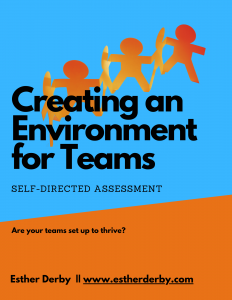I picked up my new glasses last week–my first pair of progressives. The opticians warned me that it would take time to adjust to the lenses, cautioned me to be patient, extracted a promise to stick with the lenses for at least two weeks.
They prepared me for the worst. I went home anticipating a miserable adjustment. And it was easy. I had no trouble with the lenses. The frames, on the other hand, have been a different matter.
When I first put them on, they seem fine. But over the course of an hour or so, they settle in and shift on my head so that one side is 3/4 of an inch lower on the right side. It’s hard to see out of them, plus they look dorky. Really dorky.
So I went back to have the frames adjusted. 3 times. On the fourth visit, I was not happy.
After greeting me, the optician asked me what I needed. “I’m not happy with my glasses,” I said. “The lenses are fine, but the frames sit crooked on my head.”
I handed him my glasses. He examined them from every angle, placed them on the counter, and made several measurements.
“These frames are not crooked,” he pronounced. “They are perfectly straight.”
“But when I put them on they’re lower on the right side,” I responded.
“These frames are straight,” he repeated.
Then he launched into a long, technical explaination of how lenses and frames are designed. He repeated all his measurements, asking me at each stage to confirm that the frames were not crooked.
I took my glasses back. “I agree with you. They are perfectly straight when you measure them, hold them in your hand, or put them on the counter. It’s my head that’s crooked. Look at them on my face,” I said.
“The bottom of the frame is parallel with the floor. They aren’t crooked,” he asserted.
By this time I was annoyed.
I was also fascinated with the conversation on a meta level, because I’ve heard this conversation about a million times when a customer tells a developer that a feature doesn’t work quite the way the customer needs it to work.
I’ve even seen these conversations devolve into shouting matches as the developer argues that the solution is technically correct (or conforms to spec) and the customer argues that it doesn’t work.
So if you ever find yourself in this situation, remember these rules:
Rule # 1 Never argue with your customer. Discussion, exploration of trade-offs and negotiation are fine. But when you argue, you lose if you win and you lose if you lose.
Rule # 2 Consider the context. It’s how the product works in the customers context that matters. Don’t matter how it works in your lab.
Rule # 3 Consider that you may have different definitions for the same words. If you’re going back and forth about something, check out how you are defining terms.
So back to my glasses.
I tried a different tack: “I think we have a different definition of ‘crooked,'” I said. “Would you please adjust my glasses so they are even with my face?”
“Oh, I can do that,” the optician said. “But they won’t be straight.”


